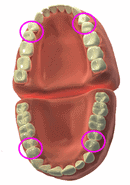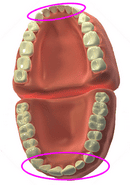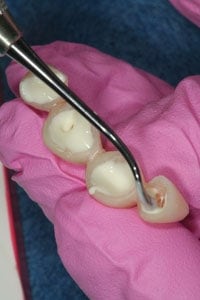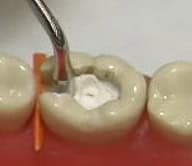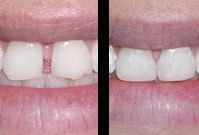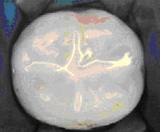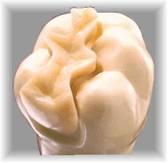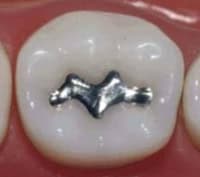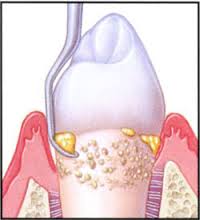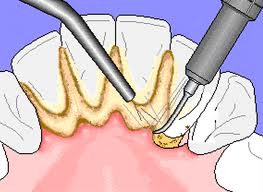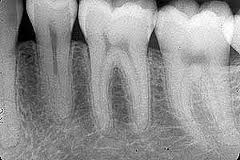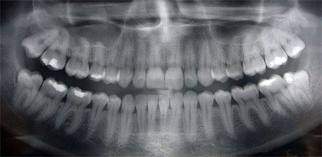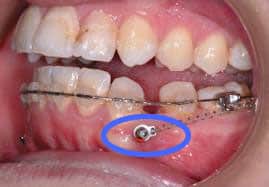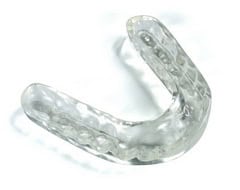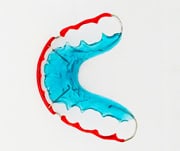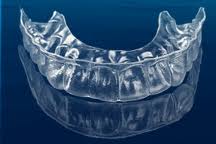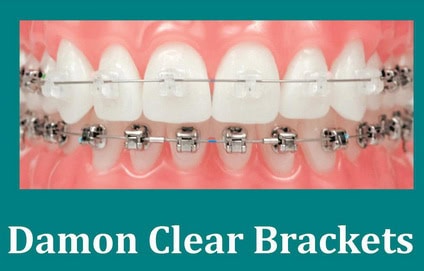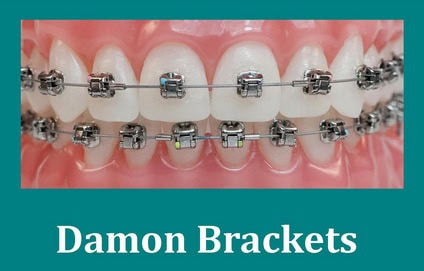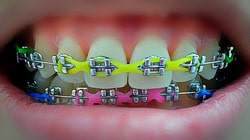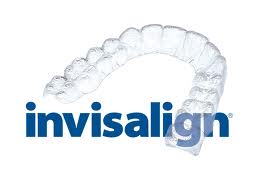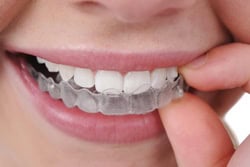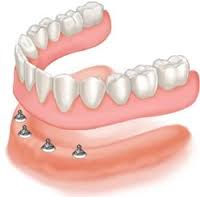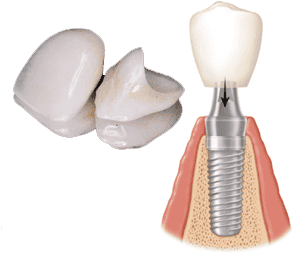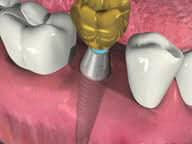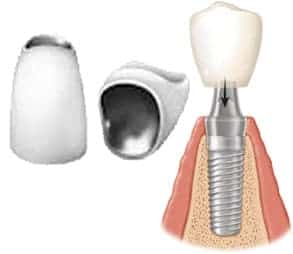Dental Sealant
Table of Contents
Table of Contents
Dental Sealant - Effective Way to Prevent Cavity in Adults and Kids
Dental Sealant stands as a guardian for our teeth silently but effectively protecting our smiles from the invisible threats that lurk in the depths of our teeth. While often associated with children, dental sealants are a boon for individuals of all ages, offering a pain-free, swift, and highly durable solution to prevent tooth decay and cavities.

What are dental sealants?
Dental sealants are thin plastic coatings applied to the grooves on the chewing surfaces of the back teeth to protect them from tooth decay. Most tooth decay in children and teens occurs on these surfaces. Sealants protect the chewing surfaces from tooth decay by keeping germs and food particles out of these grooves.
Which teeth are suitable for sealants?
Permanent molars are the most likely to benefit from sealants. The first molars usually come into the mouth when a child is about 6 years old. Second molars appear at about age 12. It is best if the sealant is applied soon after the teeth have erupted before they have a chance to decay.
Who Should Get Dental Sealants
Children between 6-14 years are particularly susceptible to deep tooth grooves. Applying sealants during this age range is crucial, preventing early decay and preserving the integrity of permanent teeth. Additionally, sealants for milk teeth are essential, ensuring a healthy transition to permanent teeth. Adults, too, can benefit from sealants, especially in specific cases such as deep grooves or a history of cavities. Dentists, after thorough evaluation, may recommend sealants tailored to individual needs, ensuring comprehensive oral care.
How are sealants applied?
Applying sealants does not require drilling or removing tooth structures. The process is short and easy.
- After the tooth is cleaned, a special gel is placed on the chewing surface for a few seconds.
- The tooth is then washed off and dried. Then, the sealant is painted on the tooth.
- The dentist also may shine a light on the tooth to help harden the sealant. It takes about a minute for the sealant to form a protective shield.
Are sealants visible?
Sealants can only be seen up close. Sealants can be clear, white, or slightly tinted, and usually are not seen when a child talks or smiles.
How long will sealants last?
A sealant can last for as long as 5 to 10 years. Sealants should be checked at your regular dental appointment and can be reapplied if they are no longer in place.
Are Dental Sealants Painful? What Is the Sensation During Application?
Dental sealant application is painless. Patients might experience a slight pressure sensation, but no pain is involved.
Why is sealing a tooth better than waiting for decay and filling the cavity?
Decay damages teeth permanently. Sealants protect them. Sealants can save time, money, and the discomfort sometimes associated with dental fillings. Fillings are not permanent. Each time a tooth is filled, more drilling is done and the tooth becomes a little weaker
It is essential to consult dental professionals for personalized advice regarding sealant application. Dentists can assess individual needs and recommend suitable sealant options for optimal oral health. Dental sealants play a pivotal role in maintaining a healthy smile.

